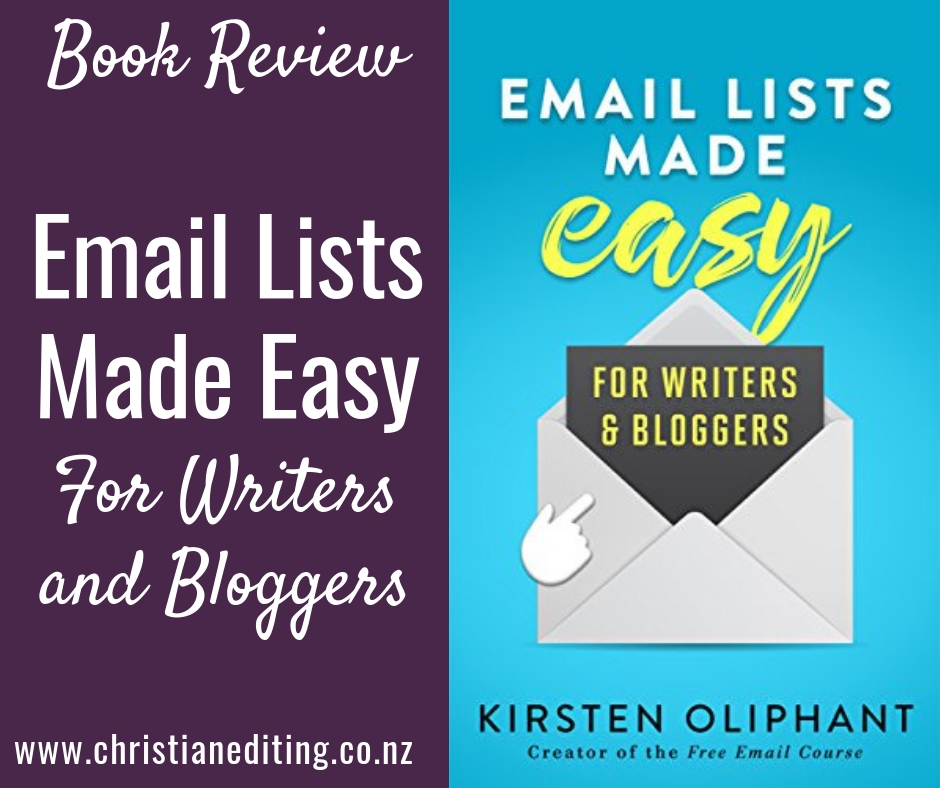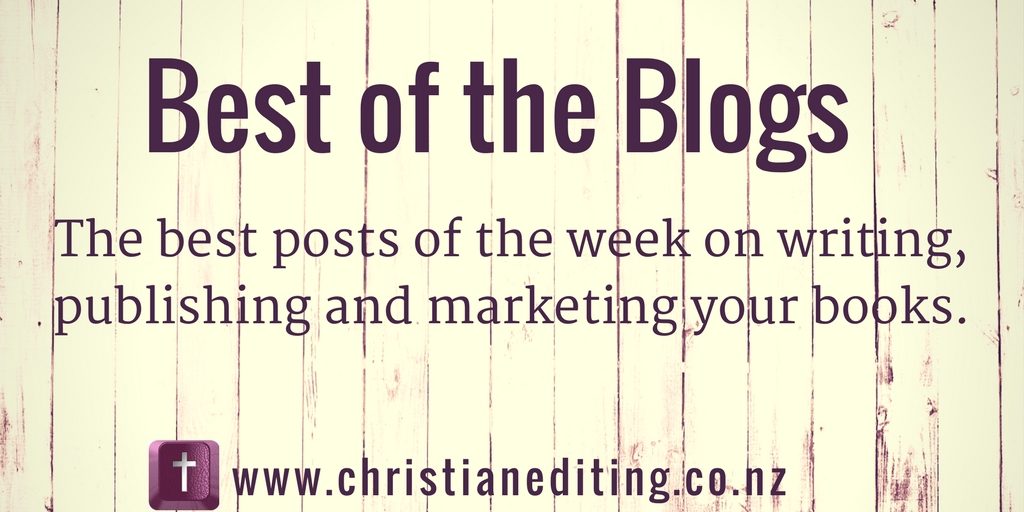Email Lists Made Easy by Kristen Oliphant is a short and easy to read yet comprehensive introduction to the importance of email lists for authors. In the book, Oliphant takes readers through:
- Why we should have an email list (because it’s OURS).
- Choosing an email service. She recommends ConvertKit, but I think MailChimp or MailerLite are sufficient for most authors.
- Optimizing your signup (give people an incentive to share their email address).
- Using autoresponders for onboarding.
- Creating content that will give people a reason to open and read your emails, and getting the timing right (i.e. how often you send emails).
- Increasing engagement, including learning what not to do.
- Growing your list by getting traffic to your content.
- Creating freebies and content upgrades that relate to your other content.
- Keeping your list clean.
- Planning autoresponders.
As I write this, I’ve just signed up for a new email list because I was interested in the freebie. They sent me six emails in the first fifteen minutes … including three sales emails. People, that is the wrong way to do onboarding and creating content.
One lightbulb moment for me was this quote from ConvertKit:
All email marketing providers determine opens based on whether or not a 1px transparent image was loaded in the email.
I don’t know about you, but my iPhone doesn’t automatically open images. That means anything I read on the iPhone isn’t tracked as an open unless I also click to download the images. If you’re concerned about your online privacy, then reading on a mobile device might be a good idea.
As a list owner, it does mean that your mailing list provider might be understating your open rate … unless you can persuade readers to click a link or download the images, so their open is tracked.
Kristen Oliphant on social media:
To sum up a social media strategy: Consider what platforms you want to utilize and then rock those platforms. Post new content. Post links to your older content. Share your work. Period. Note: Sharing links to Amazon over and over is not a social media strategy.
Top Tips
- Make sure the email comes from you (e.g. iola @ iolagoulton.com).
- Ask questions (and respond).
- Use a plugin like What Would Seth Godin Do or Bottom of Every Post to add a subscription signup request (I use Bloom from Elegant Themes).
- Download the CSV file of your email list every month (to provide a backup).
- Try something new every few months.
Finally, Oliphant points out that people unsubscribing isn’t the worst thing. The worst thing is deleting without reading (or adding your email address to a service like Unroll.me).
The one possible complaint is that this book was published in 2016 (and hasn’t been updated as far as I can tell). That means it doesn’t discuss GDPR, and autoresponders are now free with MailChimp, as are landing pages and signup forms.
If you already have a mailing list, then it’s possible you already know most of what Oliphant covers in this book.
But if the whole ideas of mailing lists is new to you, then Email Lists Made Easy is a great introduction.
About Email Lists Made Easy

Email Lists Made Easy for Writers and Bloggers is the missing piece to get your list on lock. Far from a boring read on “email marketing,” it will speak in terms that writers and bloggers understand.
Personal Connection – Email is far more personal that any other social connection you can have with your followers. Learn to harness that power.
Permanent Connection – You can literally download your subscribers’ emails and hold them in your hand. Try doing that with Twitter, Facebook, or Instagram.
Powerful Connection – The ROI of email beats the pants off anything else you’ll try. A 2016 study from Campaign Monitor found that for every $1 you spend, you’ll get $44 back.
Get specific training on how to create and grow an effective list, from that very first signup form to more advanced tools like autoresponders series. With a free workbook you can download upon purchase, this book will be more than just ideas. It will be a practical guide that will help you learn to love (and get the most from) your email list.
Plus, you’ll also get a glossary of terms you need to know and a section with the most frequently asked questions about email lists. The accompanying workbook also includes a checklist for setting up your list so that you won’t miss an important piece.
No one ever says they are glad they waited to start their list. Let your email list work for you. Starting … NOW.
Find Email Lists Made Easy online at:
Amazon US | Amazon AU | Goodreads





